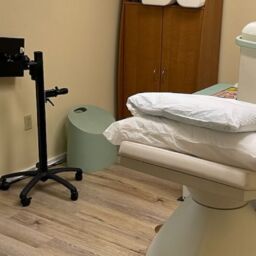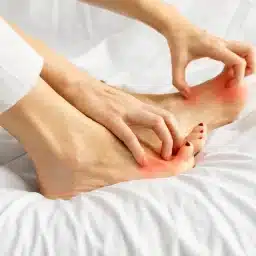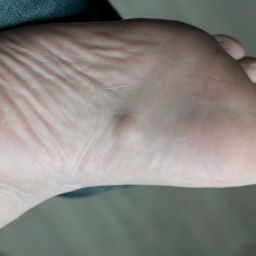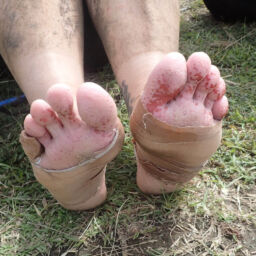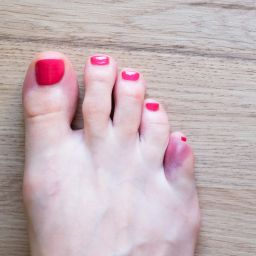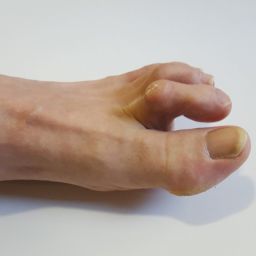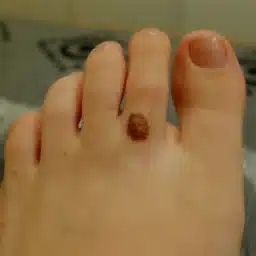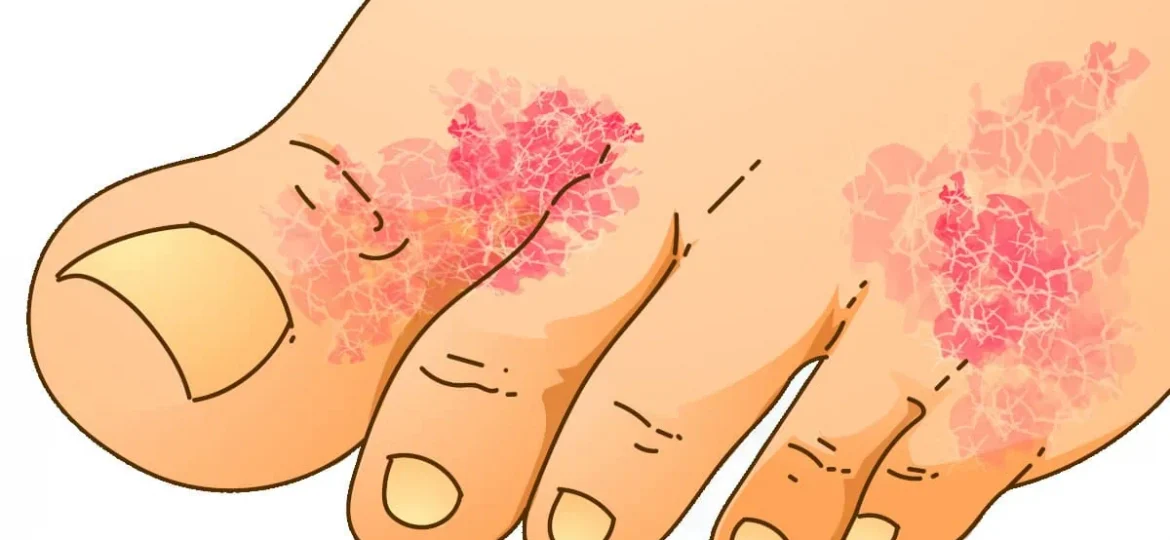
Ever feel like your feet are betraying you? Instead of carrying you comfortably through life, they’re cracked, inflamed, and covered in stubborn patches of skin that just won’t go away. If that sounds familiar, you might be dealing with psoriasis on your feet—a skin condition that’s more than just a cosmetic issue. It can be painful, frustrating, and even make walking feel like a chore.
But here’s the thing: you’re not alone, and there are ways to manage it. Whether you’ve just noticed the first signs of scaly skin or you’ve been battling flare-ups for years, understanding the causes, symptoms, and best treatments for palmoplantar psoriasis (a fancy name for psoriasis on hands and feet) can help you take control.
What’s Causing Your Foot Psoriasis?
Psoriasis is like that one guest at a party who wasn’t invited but refuses to leave. It’s an autoimmune condition, which means your immune system is mistakenly attacking healthy skin cells, causing them to multiply way too fast. The result? Patches of thick, scaly skin that can crack, bleed, or even develop pus-filled blisters in severe cases.
So, why does it happen? Doctors don’t have all the answers yet, but we do know a few key culprits:
1. It Runs in the Family
Got a parent or sibling with psoriasis? You might be more likely to develop it too. Genetics play a big role, so if your family tree has some psoriasis history, your odds go up.
2. Triggers Are Everywhere
Psoriasis isn’t random—it’s triggered. Things like stress, infections, skin injuries, and certain medications can wake it up from dormancy and cause flare-ups.
3. Your Immune System is Overreacting
Instead of protecting you, your immune system is going into overdrive, attacking normal skin cells like they’re foreign invaders. The result? Your skin renews too quickly, leading to thickened patches, inflammation, and discomfort.
Types of Psoriasis That Can Affect Your Feet
Not all psoriasis is created equal. If it shows up on your feet, it could be one of these types:
Plaque Psoriasis: The Classic Culprit
This is the most common type, leading to thick, scaly patches that can crack and bleed. When it appears on your feet, it makes simple activities—like walking or standing—way more painful than they should be.
Palmoplantar Psoriasis: A Foot’s Worst Nightmare
This type affects the palms of the hands and soles of the feet, creating dry, inflamed skin that can feel like walking on sandpaper—only worse.
Palmoplantar Pustulosis (PPP): When Blisters Join the Party
PPP is a more severe form of psoriasis where pustules (blisters filled with pus) develop on the soles of the feet. It’s painful, and the blisters can eventually dry out and peel, leaving raw, sensitive skin behind.
Nail Psoriasis: When Your Nails Get Involved
Psoriasis doesn’t stop at the skin—it can affect your toenails too. Thickened, pitted, or crumbling nails could be a sign of nail psoriasis.
Psoriatic Arthritis: More Than Just Skin Deep
Some people with psoriasis on the feet also experience joint pain and stiffness, which could be a sign of psoriatic arthritis. If your feet ache beyond the skin, talk to your doctor.
How to Know If You Have Psoriasis on Your Feet
Psoriasis doesn’t just look bad—it feels bad. Here’s what to watch out for:
- Scaly, thickened skin that doesn’t go away with regular moisturizer.
- Painful cracks that make every step feel like walking on broken glass.
- Itchy, burning sensations that don’t stop, no matter how much you scratch.
- Blisters filled with pus (if you have pustular psoriasis).
- Red, inflamed patches that flare up and then calm down, only to return.
If these sound familiar, it’s time to get a professional diagnosis. A dermatologist or podiatrist can usually tell by looking at your skin, but in some cases, a skin biopsy may be needed to rule out other conditions.
How to Treat Psoriasis on Feet: Relief is Possible
There’s no magic cure for psoriasis, but there are plenty of treatments that can help calm the inflammation, reduce scaling, and make your feet more comfortable. Here’s what works:
1. Topical Treatments: First Line of Defense
- Corticosteroid creams help bring down inflammation.
- Salicylic acid works like an exfoliator to remove dead skin.
- Coal tar slows down rapid skin cell growth.
2. Light Therapy: Let the Sun (or UV Light) Help
Exposure to ultraviolet (UV) light—either through controlled sunlight or a UV lightbox—can help slow down psoriasis flare-ups. Just don’t try this on your own without a doctor’s advice!
3. Systemic Medications: For Severe Cases
If topical treatments and light therapy don’t work, oral or injectable medications might be necessary:
- Biologics target the immune system to prevent flare-ups.
- Methotrexate and cyclosporine suppress overactive skin cell production.
4. Everyday Tips for Managing Foot Psoriasis
- Moisturize constantly. Dry skin makes psoriasis worse, so keep those feet hydrated.
- Avoid harsh soaps and chemicals. Fragranced products can irritate already-sensitive skin.
- Wear comfy shoes. Tight or rough footwear can make flare-ups worse—opt for breathable, supportive shoes.
- Identify your triggers. Keep a psoriasis journal to track what makes symptoms worse.
Don’t Let Psoriasis Walk All Over You
Psoriasis on your feet is more than just an annoyance—it can be painful, frustrating, and even affect your mobility. But the good news? There are plenty of treatments and lifestyle changes that can help you manage it.
The key is to stay consistent with your treatment, listen to your body, and talk to a doctor if symptoms get worse. Your feet do a lot for you—give them the care they deserve!
At Certified Foot and Ankle Specialists, our team of expert podiatrists understands the impact that psoriasis, foot pain, and skin conditions can have on your daily life. With 14 locations across the East and West Coasts of South Florida, we provide comprehensive foot and ankle care to help you find relief and get back on your feet—comfortably.
Don’t wait to take care of your feet. Schedule an appointment today and let us help you step toward healthier, pain-free living!
